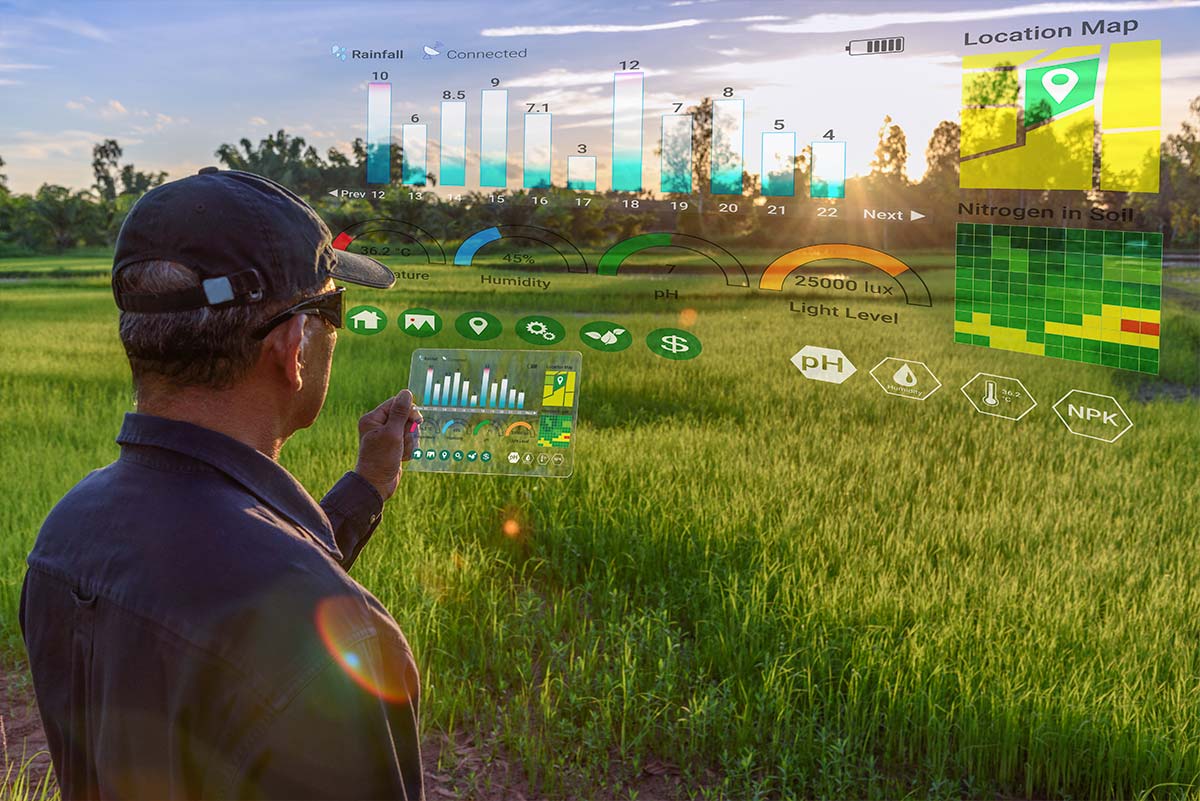May 02, 2024
Resources related to
Phosphorus
Adding phosphorus to soil can help grow plants – but too much in our water contributes to algal blooms. These resources can improve your understanding of how phosphorus moves from land to water, and help you find effective ways to minimise phosphorus loss.
Showing 1 - 12 of 183 results
Anthropogenic increases of catchment nitrogen and phosphorus loads in New Zealand
Spatial regression models were used to predict yields of nitrogen (N) and phosphorus (P) discharged from catchments throughout New Zealand. The models were derived using…
Model of Nitrogen and Phosphorus in Freshwater Eutrophication for Life Cycle Impact Assessment
Fate Factors (FFs) for use in life-cycle analysis (PCA) were developed for both dissolved inorganic nitrogen (DIN) and dissolved inorganic phosphorus (DIP), distinguishing emissions from…
Nitrogen and phosphorus modelled in freshwater eutrophication: The director’s cut
Most Life Cycle Impact Assessment (LCIA) methods to date estimate freshwater eutrophication impacts from phosphorus (P) only. There is a need to account for the…
Managing diffuse phosphorus at the source versus at the sink
Judicious phosphorus (P) management is a global grand challenge and critical to achieving water quality objectives while maintaining food production. The management of point sources…
The error in stream sediment phosphorus fractionation and sorption properties effected by drying pretreatments
We found that drying sediment significantly influenced EPC0 and P fractions (especially the NH4Cl-P fraction). Air-drying was particularly error-prone and should be avoided. The use…
Transforming soil phosphorus fertility management strategies to support the delivery of multiple ecosystem services from agricultural systems
Despite greater emphasis on holistic phosphorus (P) management, current nutrient advice delivered at farm-scale still focuses almost exclusively on agricultural production. This limits our ability…
 View Our Strategy Document 2019 – 2024
View Our Strategy Document 2019 – 2024


